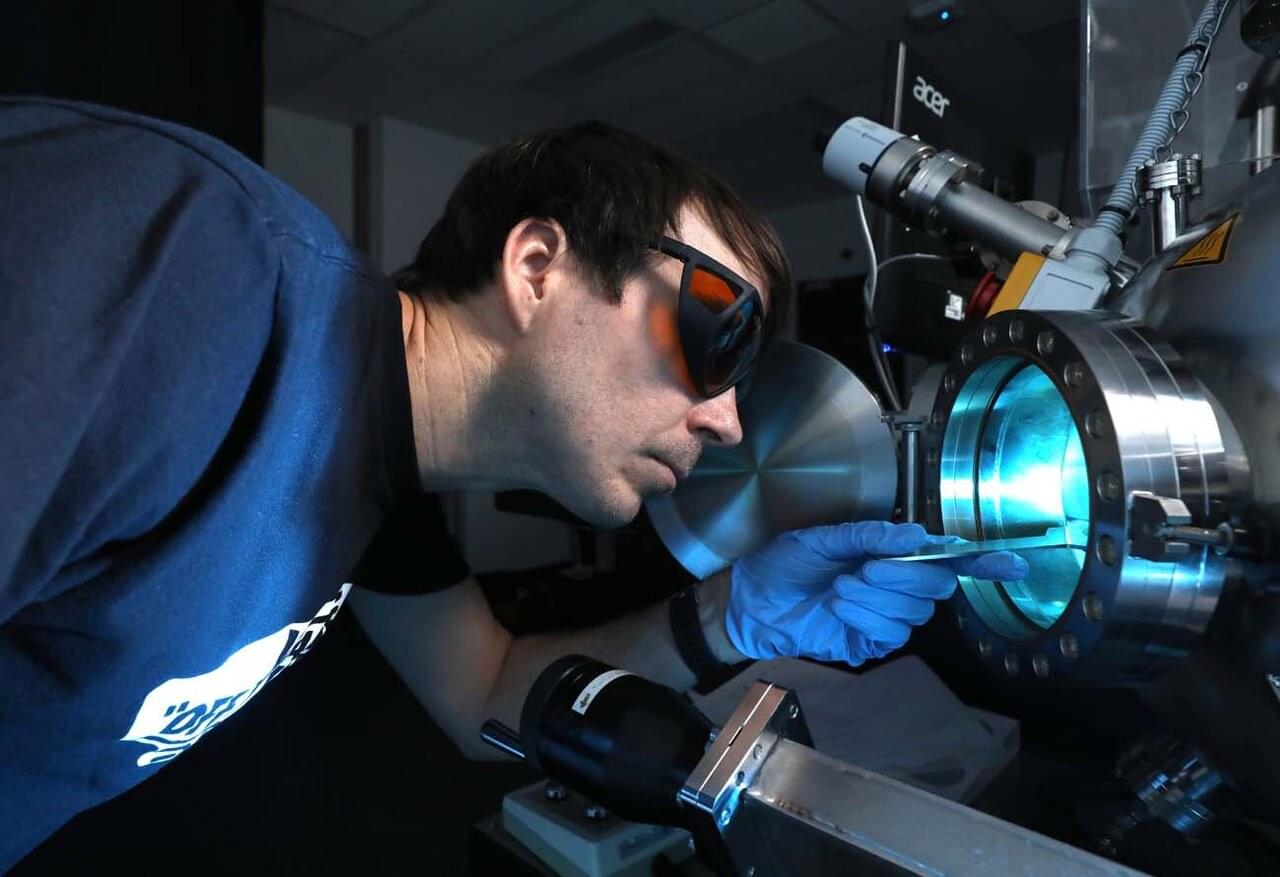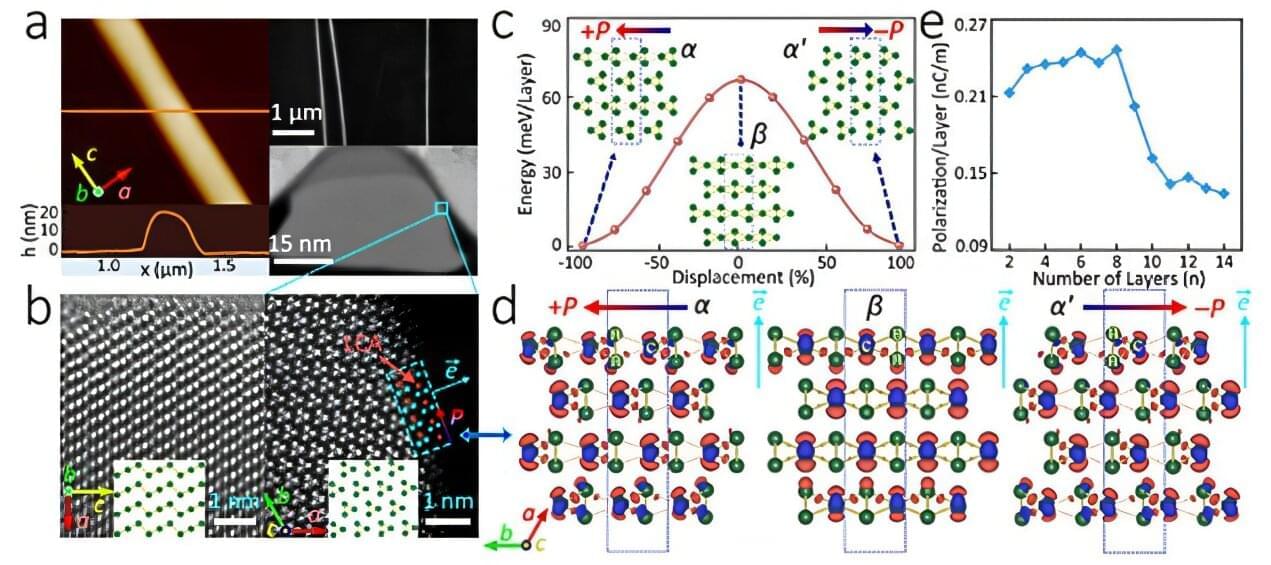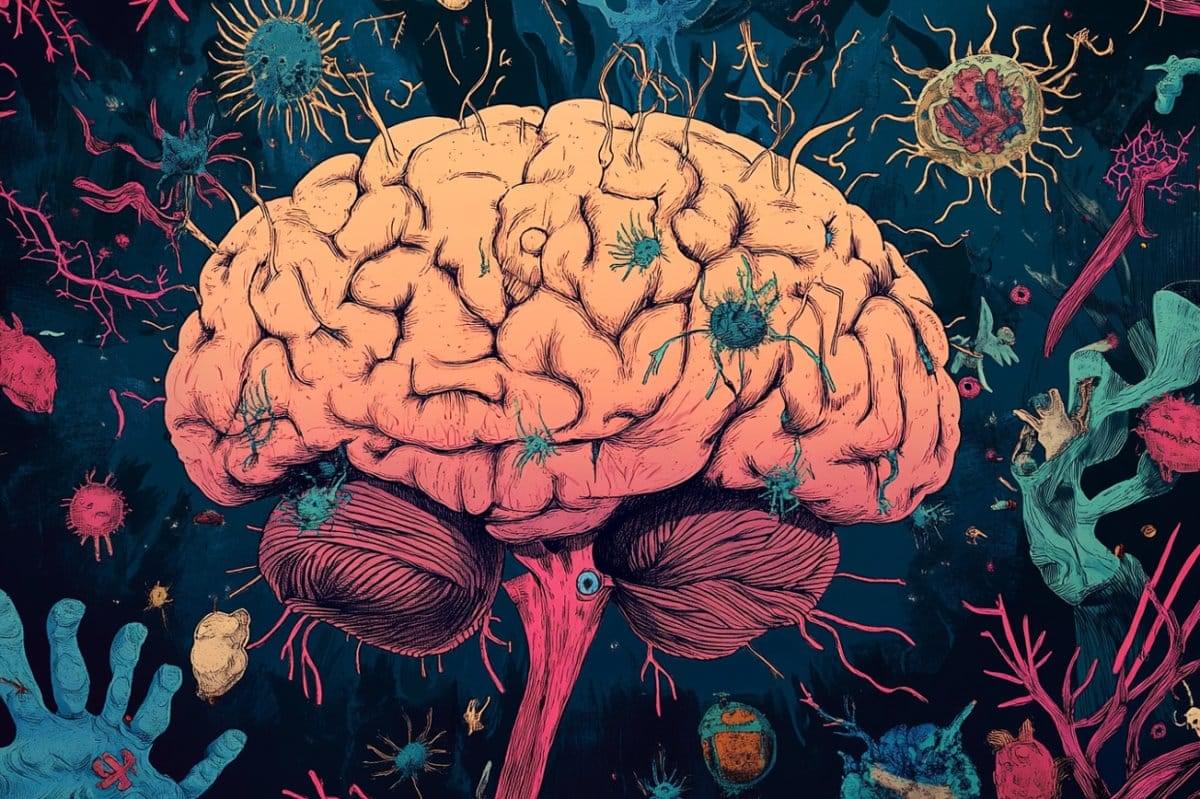ICTP — SAIFR
School on Quantum Chaos.
August 21 – September 1, 2023
Speaker:
Barbara Dietz (Institute for Basic Science (IBS), Republic of Korea): Non-Relativistic and Relativistic Quantum Chaos.
More Informations:
ICTP — SAIFR
School on Quantum Chaos.
August 21 – September 1, 2023
Speaker:
Barbara Dietz (Institute for Basic Science (IBS), Republic of Korea): Non-Relativistic and Relativistic Quantum Chaos.
More Informations:
Paper link : https://journals.aps.org/prl/abstract/10.1103/PhysRevLett.134.
Chapters:
00:00 Introduction.
00:49 Breaking the Classical Wall – What the Game Revealed.
02:32 Entanglement at Scale – Knots, Topology, and Robust Design.
03:51 Implications – A New Era of Quantum Machines.
07:37 Outro.
07:47 Enjoy.
MUSIC TITLE : Starlight Harmonies.
MUSIC LINK : https://pixabay.com/music/pulses-starlight-harmonies-185900/
Visit our website for up-to-the-minute updates:
www.nasaspacenews.com.
Follow us.

A UNSW study published today in Nature Communications presents an exciting step towards domain-wall nanoelectronics: a novel form of future electronics based on nano-scale conduction paths, and which could allow for extremely dense memory storage.
FLEET researchers at the UNSW School of Materials Science and Engineering have made an important step in solving the technology’s primary long-standing challenge of information stability.
Domain walls are “atomically sharp” topological defects separating regions of uniform polarisation in ferroelectric materials.

A discovery by an international team of scientists has revealed room-temperature ferroelectric and resistive switching behaviors in single-element tellurium (Te) nanowires, paving the way for advancements in ultrahigh-density data storage and neuromorphic computing.
Published in Nature Communications, this research marks the first experimental evidence of ferroelectricity in Te nanowires, a single-element material, which was previously predicted only in theoretical models.
“Ferroelectric materials are substances that can store electrical charge and keep it even when the power is turned off, and their charge can be switched by applying an external electric field—a characteristic essential for non-volatile memory applications,” points out co-corresponding author of the paper Professor Yong P. Chen, a principal investigator at Tohoku University’s Advanced Institute for Materials Research (AIMR) and a professor at Purdue and Aarhus Universities.

An international team including astronomers from the Center for Astrophysics | Harvard & Smithsonian (CfA) has announced the discovery of a planet about twice the size of Earth orbiting its star farther out than Saturn is to the sun.
These results are another example of how planetary systems can be different from our solar system.
“We found a ‘super-Earth’—meaning it’s bigger than our home planet but smaller than Neptune—in a place where only planets thousands or hundreds of times more massive than Earth were found before,” said Weicheng Zang, a CfA Fellow. He is the lead author of a paper describing these results in the latest issue of the journal Science.
Skip the fancy powders and overpriced, influencer-recommended vitamins.


There’s a sweet spot for the amount of daily steps you need to counteract a highly sedentary lifestyle, and research indicates what it is.
